- Solar energy blog
- How Finland is driving sustainable development and affordable clean energy
How Finland is driving sustainable development and affordable clean energy
Read to find out how Finland is setting the pace for a greener future, showing commendable progress in renewables, sustainable business practices, and clean technology.


Ghada Alafranji
Senior Account Executive
I started my career journey working as a part-time Project Engineer before graduating from university. I have worked on Solar-Diesel-Battery Hybrid systems and parallel to that I was in Business Development and this is why RatedPower is my perfect fit, I get to do the two most enjoyable things to me Engineering & Business.
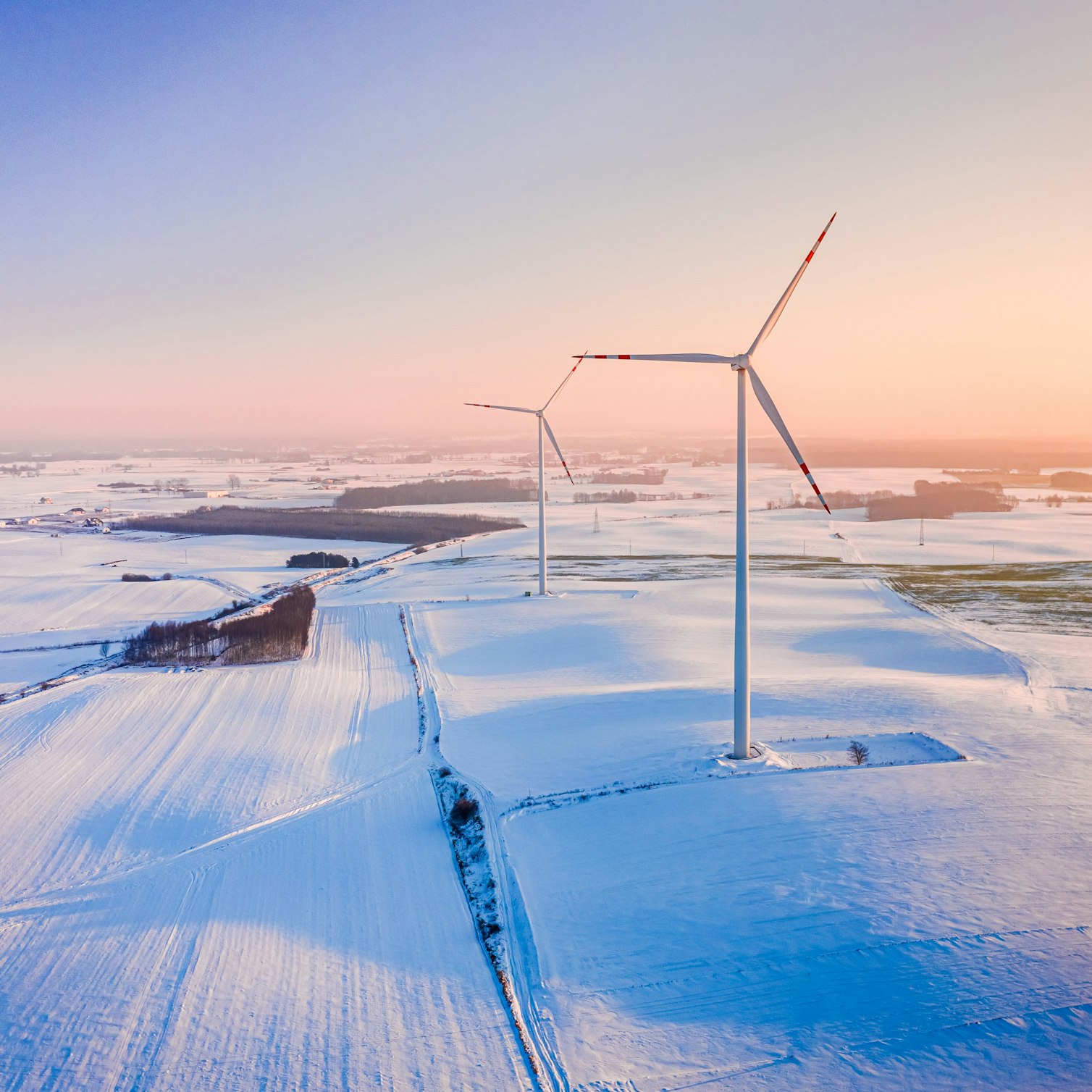
Content
When it comes to clean energy, the Nordic region can teach us a thing or two. In 2024, Finland continued to lead the Global Sustainable Development Report (GSDR) rankings, followed by Sweden and Denmark.
The GSDR ranks countries based on their progress towards the UN’s 17 Sustainable Development Goals (SDGs). Each country is assigned a score from 0 to 100 based on how effectively it meets specific performance indicators for each SDG. Finland’s impressive score of 86.35 placed it at the top of the global leaderboard. But how did it manage to achieve such remarkable progress in clean energy? This blog looks at the country’s renewable strategies and the obstacles it is working to overcome to maximize its sustainability.
Finland's clean energy success
Aiming to be carbon neutral by 2035, 15 years ahead of the EU and most European countries, Finland is now predominantly green-powered. A remarkable 92.2% of its energy is generated from low-carbon or clean sources, putting major cities like Helsinki, Tampere, Turku, Lahti, Espoo, and Lappeenranta on track to net zero even sooner by 2030.
The recent EU energy crisis spurred Finland’s shift towards renewables, which now make up at least 47.5% of its total final energy consumption. The country increased wind power capacity by 75% in 2022, adding 2,430 MW in just one year.
Despite its northern location, Finland is also investing in solar energy production to capitalize on the surprising advantage that solar panels work better in colder temperatures as they convert sunlight (not heat) into electricity.
Building on this momentum, Finland also made headway on other SDG targets. It slashed CO2 emissions per unit of electricity output by 38% and minimized carbon pollution from exported fossil fuels.
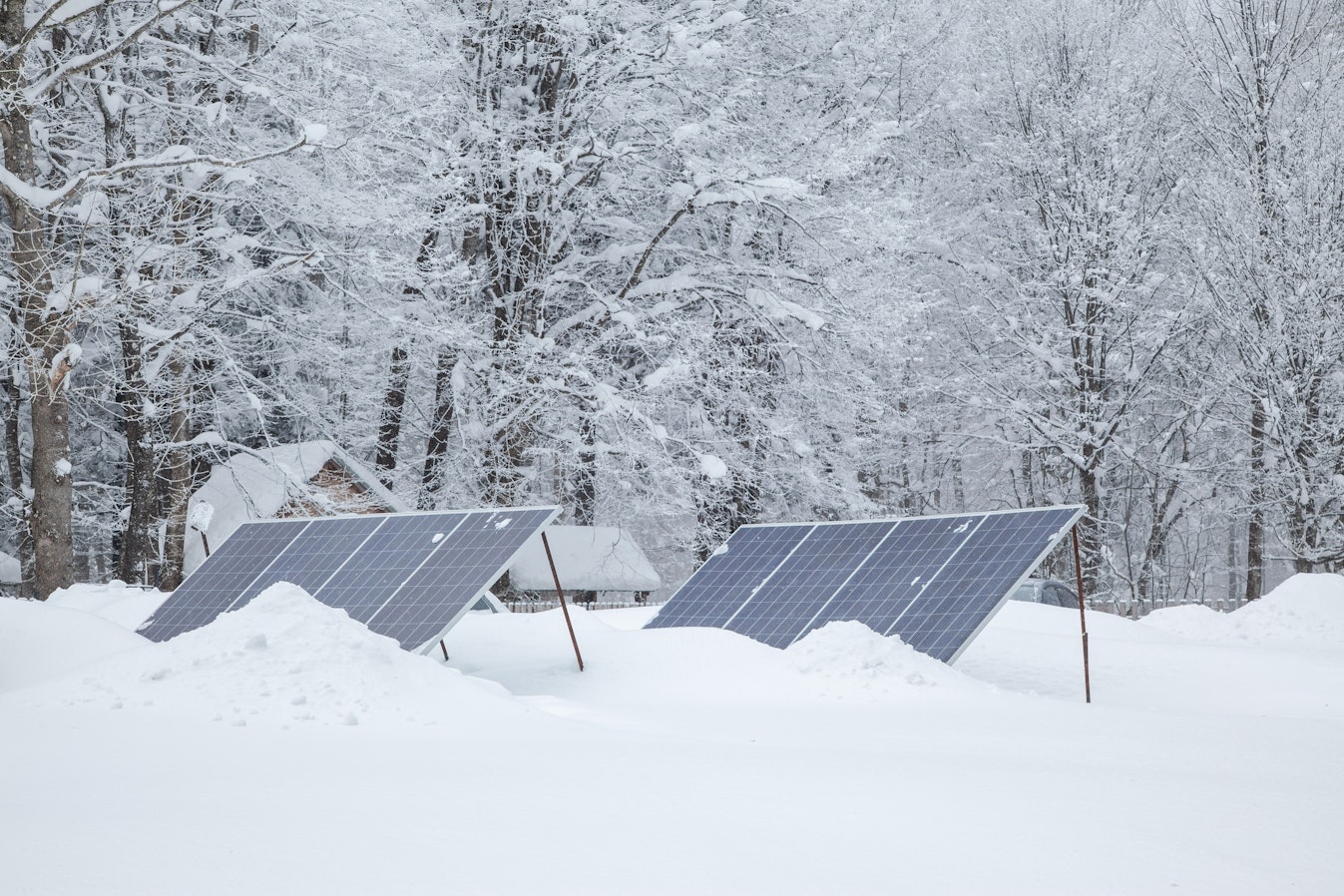
The environmental and sustainability policies supporting this success
Finland’s clean energy prowess results from a four-pronged approach: supportive government policies combined with EU funding, infrastructure investments, and a thriving green industry.
1. Government policies
In 2023, the Finnish government shortened the permitting process for green projects and started providing dedicated resources to help them scale faster. In the same year, it released a national hydrogen roadmap with the goal of producing 10% of the EU’s green hydrogen by 2030.
2. EU support
Finland also benefits from targeted EU funding. Sustainable Finnish companies have received €530 million from the bloc’s Recovery and Resilience Facility, and Luxembourg (under the EU’s renewable energy financing mechanism) has injected €40 million into Finnish solar power projects. Although the green credits will statistically benefit Luxembourg, the actual energy produced will support Finland’s green initiatives.
3. Renewable infrastructure
Over the next decade, the country is putting €4 billion towards improving its main grid to handle growing energy requirements.
The government also continues to grant financial aid and tax breaks for solar energy installations to support clean and affordable electricity. This policy is clearly working; Finland’s non-household electricity prices are now the lowest in the EU.
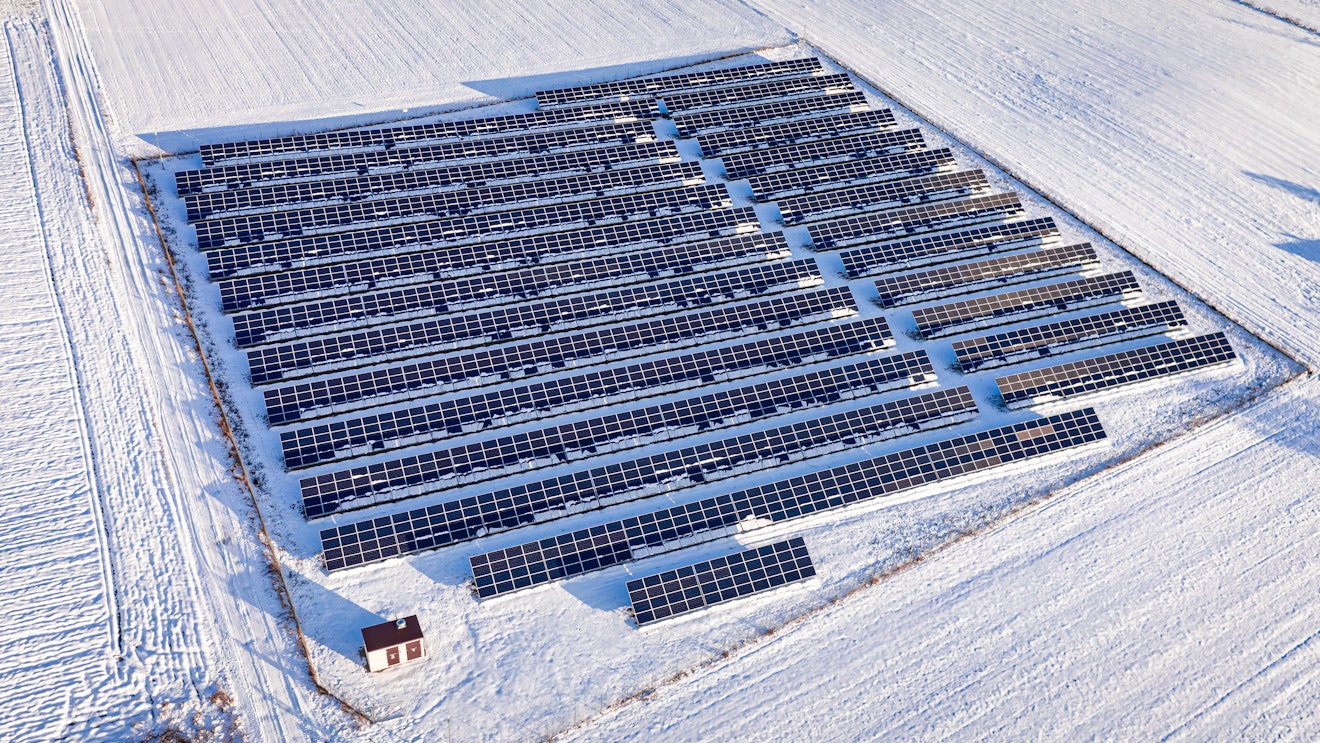
4. Green industry commitment
Backed by a strong investment pipeline, the Finnish industrial sector actively develops products and services that support the country’s clean energy transition.
Over €200 billion is earmarked for onshore and offshore wind power, solar PV, and hydrogen projects. The green industry is growing so fast that one in every five of Finland’s highly educated and tech-savvy workforce is now employed in a ‘green job.’ Finnish educational institutions actively integrate environmental studies at various levels to equip graduates with future-ready sustainability skills.
This financial and human capital fuels the growth of major energy hubs like EnergyVaasa, a cluster of 180 companies generating an annual turnover of €6 billion. It also allows the country to spearhead initiatives like the battery ecosystem and Hydrogen Cluster Finland.
The challenges Finland still faces
Even though it is a consistent frontrunner in clean energy production, Finland still has to address two areas to achieve complete sustainability.
1. CO2 emissions
Finland grapples with ongoing CO2 emissions from fossil fuel combustion and cement production. While some improvements have been made, the pace of reduction falls short of what’s needed to meet its ambitious climate goals. Emissions from imported goods are either stagnant or increasing, keeping Finland from meeting its environmental targets.
2. Ineffective carbon pricing
Finland’s current carbon tax of €76.92 per ton of CO2 is not enough to effectively reduce emissions. Some experts estimate that the price needs to be more than double this amount to have a real impact.
Key takeaways
Finland is setting the pace for a greener future. This clean energy champion has shown commendable progress in several sustainability areas:
Renewables - The country has effectively reduced greenhouse gas emissions and embraced a circular economy to position itself as a global model for environmental stewardship.
Sustainable business practices - Finnish companies are building responsible supply chains and weaving sustainability throughout production and distribution.
Clean technology - A leader in developing and adopting low-carbon energy solutions, Finland has found a way to attain its environmental objectives while driving economic growth.
Despite these achievements, Finland faces ongoing challenges:
Closing the consumption loop - The country needs to find ways to minimize the environmental impact of goods and services throughout their life cycles, from production to disposal.
Decarbonization - It also needs to intensify its efforts to address CO₂ emissions from fossil fuel combustion, greenhouse gas emissions from imports, and the shortcomings of its current carbon pricing strategy.
How RatedPower can help
Continued investment in utility-scale solar projects can help solve some of these remaining hurdles, and specialized tools such as RatedPower — one of the most advanced solar PV software for solar power plants — can optimize such projects.
RatedPower streamlines site selection with powerful prospecting features. Developers input key details, and the software uses topography to automatically analyze the land’s suitability, optimize resource use, and reduce risk.
RatedPower also delivers precise solar irradiance data and generates reliable energy yield estimates, making both layout design and production projections much more accurate. It can also generate comprehensive reports to simplify grid integration and meet regulatory requirements.
Watch this demo to learn more.
2025 Trends: Renewable Energy & Solar Research Report
Get key insights and data from an industry-wide survey and solar simulations on the RatedPower platform. Download now to uncover critical trends and challenges shaping the future of renewables.
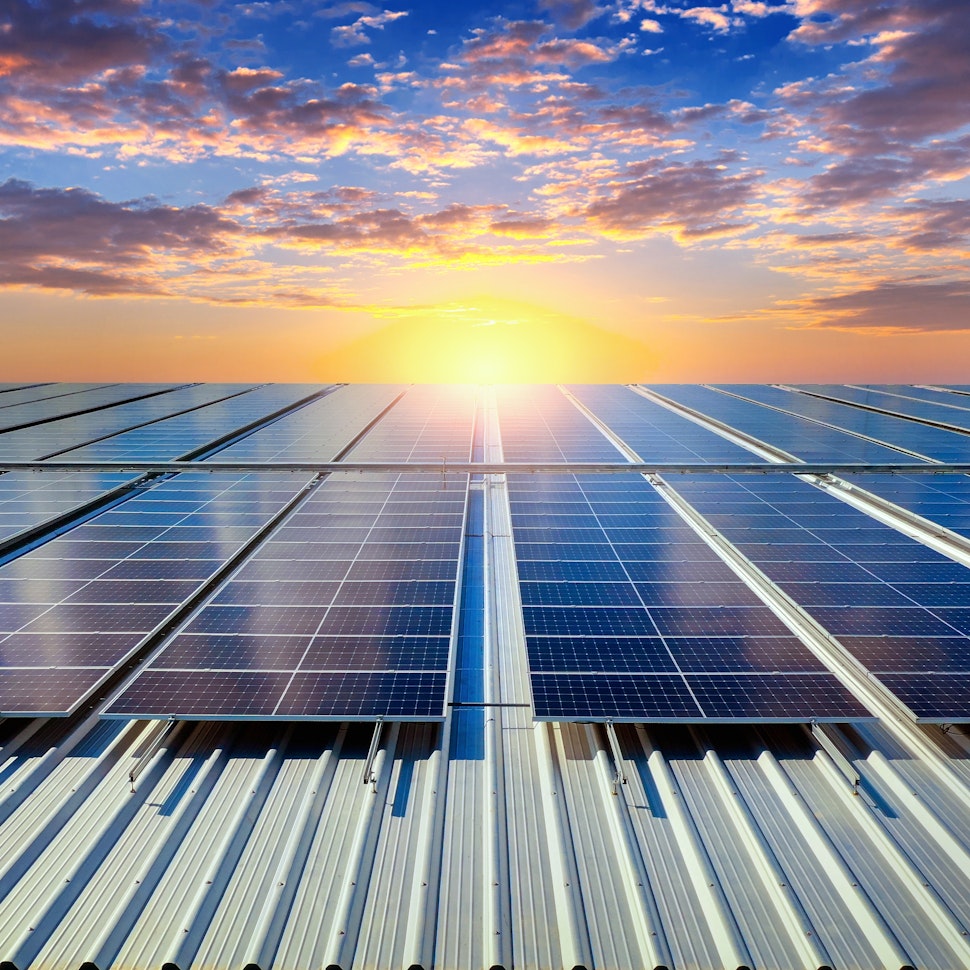
Latest stories
Related posts
Market analysis
Defrosting the frozen Nordic solar market
Explore the Nordics’ solar grid challenges and energy transition strategy. Read the blog to uncover policy gaps and solutions shaping Europe’s green future.
Updated 8 JUL, 25
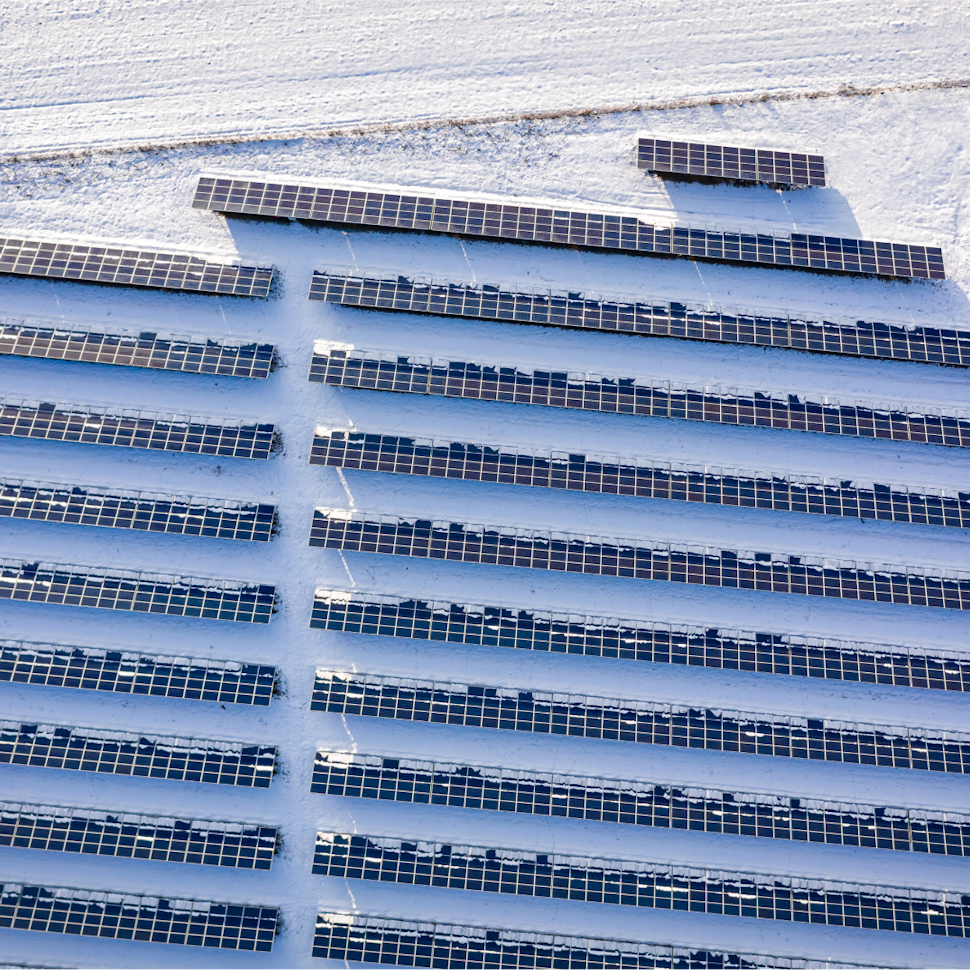
Market analysis
U.S. solar manufacturing grows fourfold, thanks to Inflation Reduction Act
Find out more about the Inflation Reduction Act and how it has increased U.S. solar manufacturing capacity fourfold since the legislation passed in 2022.
Updated 24 JUN, 25
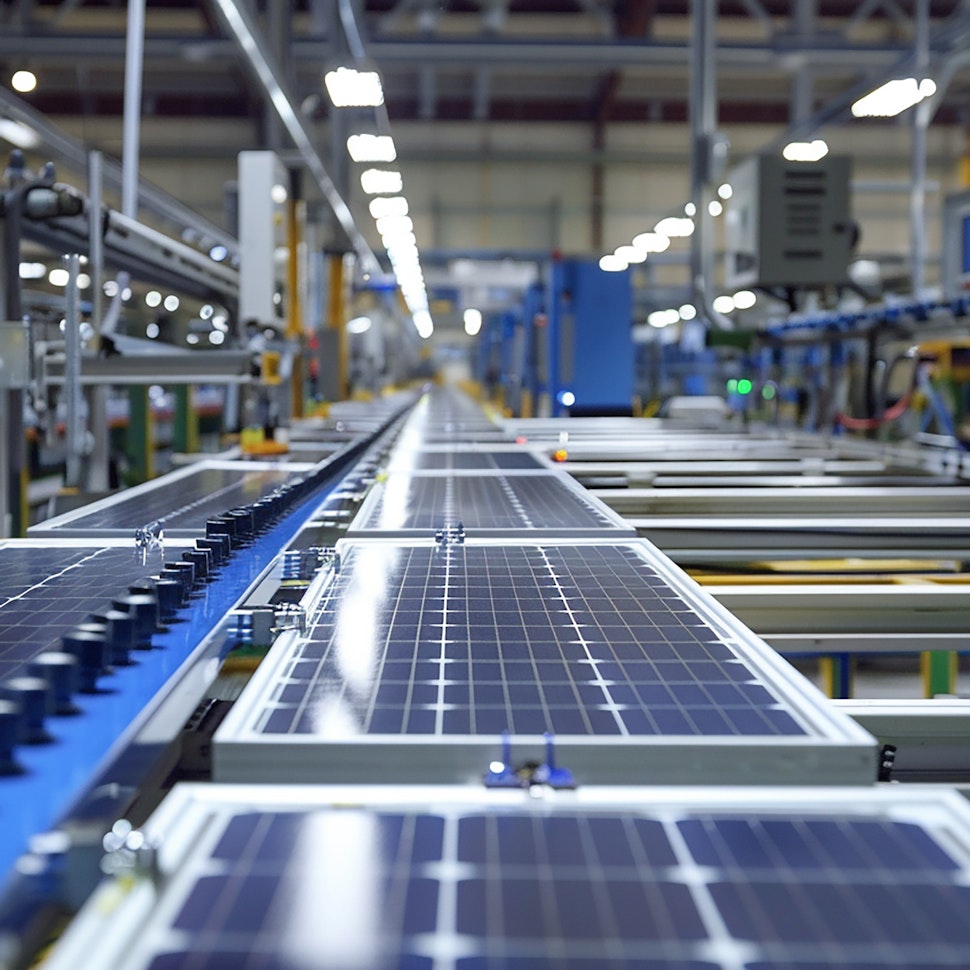
Market analysis
Italy’s €9.7 billion plan to boost renewables and reach net zero
Explore a new state aid scheme helping Italy to work toward a cleaner future and investing in onshore wind, solar PV, hydropower, and sewage gas projects.
Updated 10 JUN, 25
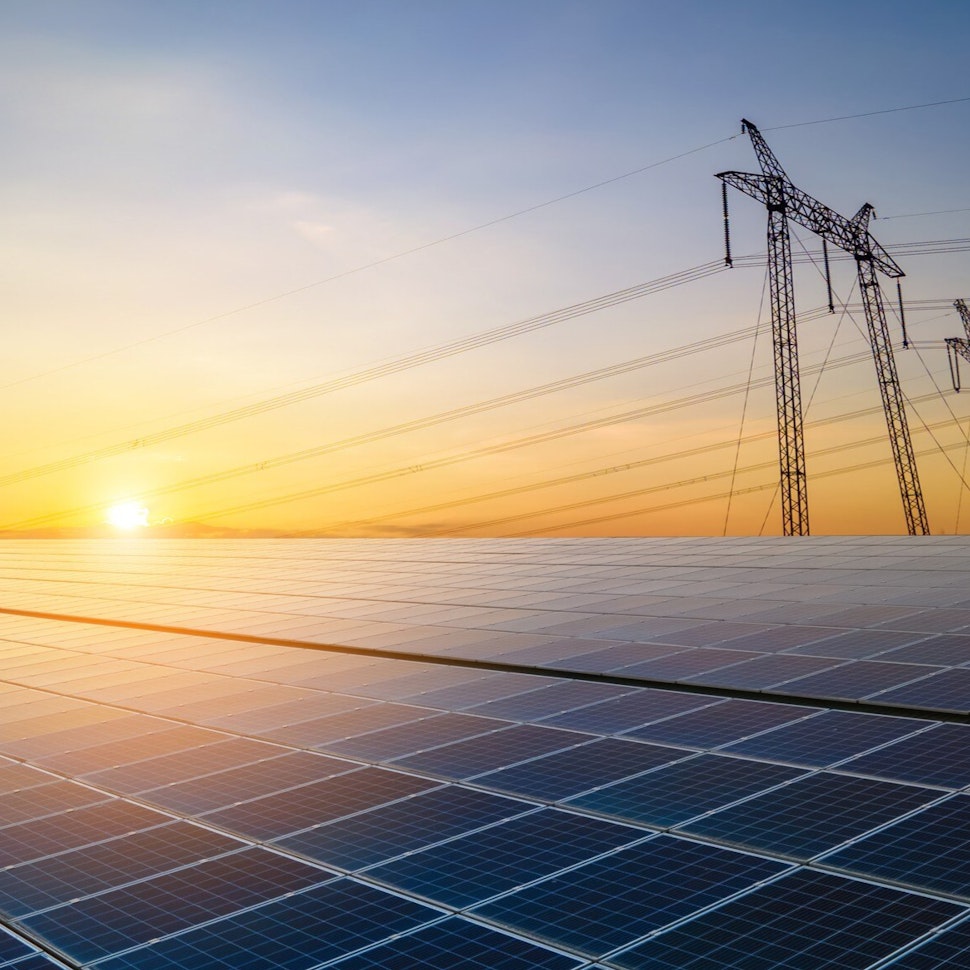
- RatedPower
- Solar energy blog
- How Finland is driving sustainable development and affordable clean energy

